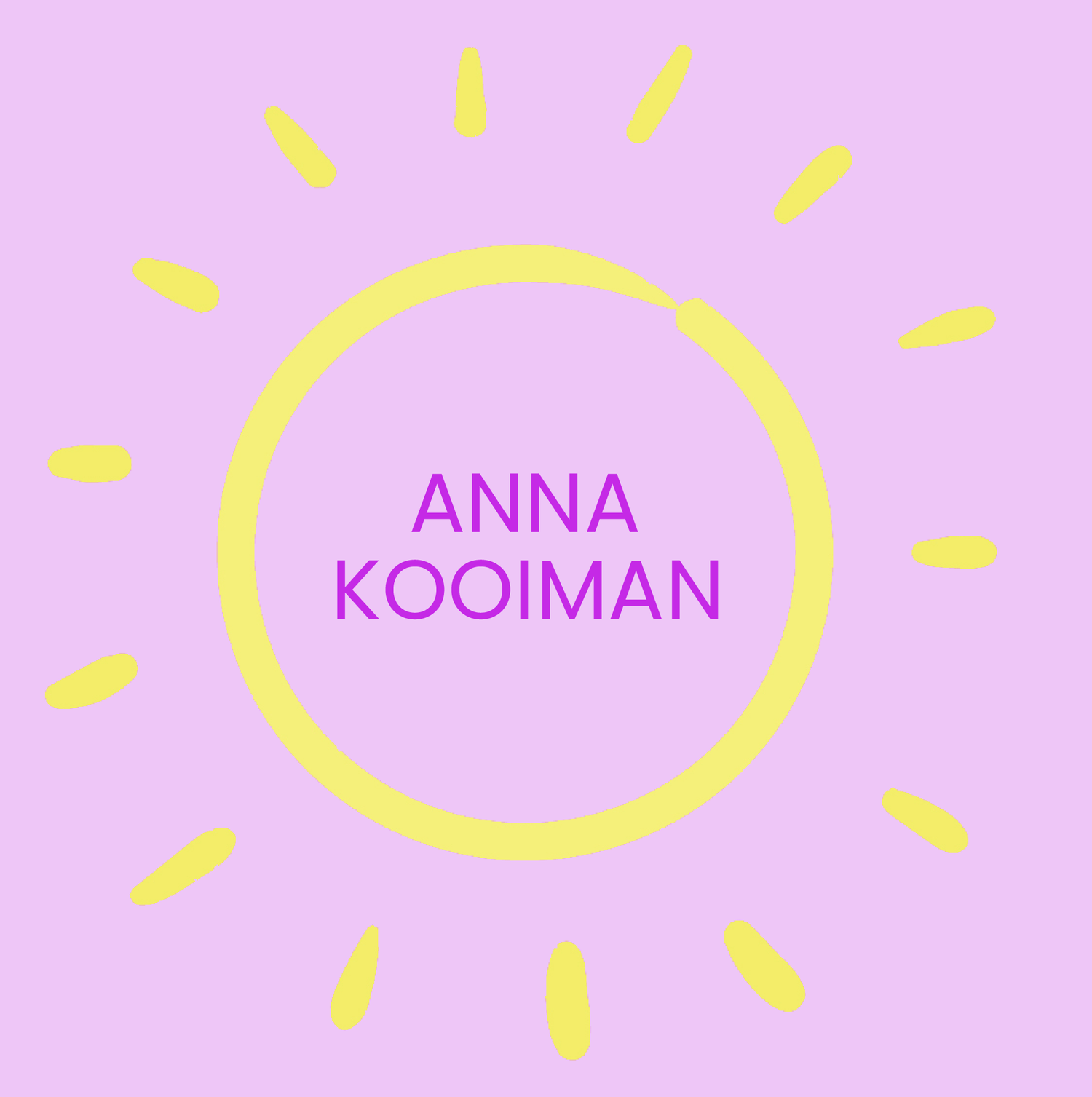Breastfeeding Benefits and Basics
Photos: Kath Mclean Bright Photography
Photo: Anna Kooiman, Bondi Beach, Sydney, Australia, Kath Mclean, Bright Photography
I have made a commitment to breastfeed my baby boy, Brooks because I have learned about the seemingly endless benefits. I hope this post offers some great info to expecting new moms like me! Also, be sure to watch the YouTube video of the interview below.
Breastfeeding Benefits and Basics Q and A with Dr. Jill Gamberg
1. What are the benefits of breastfeeding for baby?
Breastmilk helps the baby to feel protected, loved, and bond with the mother. It contains antibodies to protect the baby from infection and disease. It also contains factors to help with gut and brain development. It is easy to digest and easy to absorb. It has all the nutrients, vitamins and minerals the baby needs. The baby does not need any other source of food until the introduction of solids between 5-6 months. You can still breastfeed your baby for 12 months or longer if you want to.
Breastfed babies are less likely to develop ear infections, respiratory infections, type 1 diabetes, allergies, asthma, and obesity.
2. What are the benefits of breastfeeding for mom?
Breastfeeding releases the hormone oxytocin, which helps your uterus return to its pre-pregnancy size and may reduce uterine bleeding after birth. Breastfeeding burns calories and helps you to return to your healthy weight. Breastfeeding also lowers your risk of breast and ovarian cancer.
Breastfeeding saves money and time for busy moms. They can feed their babies whenever they need to with ease and without much effort. It also protects the environment as there is no waste with breastfeeding.
3. What are some of the reasons why women can’t/don’t want to breast feed?
Almost all women are able to produce breastmilk, but breastfeeding is not always easy. You need time and patience to learn. The support of family members is important, especially dad. Remember any breastmilk is better than none. The more milk your baby drinks, the more your body makes.
Babies and mothers who have difficulty with positioning and attachment, may not have success breastfeeding. This can lead to nipple damage, pain and mastitis (inflammation and infection in the breast ducts). Sometimes women may have too much supply, but this usually settles down with time. On occasion, a woman may have too little supply and this can be frustrating. In this case, some breastmilk can be given with top-up formula if needed.
Some other reasons may be personal preference or the need to return to work. Or mothers may appreciate the ability for someone else to be able to feed the baby. A woman may not be able to use or want to use a breast pump.
Sometimes a medical condition may prevent breastfeeding or the need to take medicines for the mother’s health that are not good for the baby.
If you have any issues with breastfeeding – it is best to speak to a midwife, lactation consultant or your doctor for further advice.
4. What is colostrum?
Colostrum is the first milk produced by the breasts. It is a thick yellow consistency and usually lasts for 1-3 days. Colostrum boosts the baby’s immune system, which is protection at a very vulnerable time in life. Colostrum is nourishing but concentrated so the baby’s kidneys don’t become overloaded. Colostrum assists your baby to pass meconium (baby’s first bowel motion – it is blackish-green in colour).
5. What should mom expect when her milk comes in?
After about 3 or 4 days of producing colostrum, your breasts will start to feel firmer, tender, and engorged. This is a sign that your milk supply is increasing and changing from colostrum to breast milk. It can help to breastfeed often to help stimulate milk production.
6. When should mom incorporate pumping so as not to interfere with her body figuring out how much supply to make for baby? And so as not to confuse baby with a bottle nipple versus mom’s actual nipple?
There are many reasons to use a breast pump. It can allow a baby to be fed breastmilk even when the mother is not present for any reason, such as returning to work. It can help improve or manage milk supply. It can be useful if the baby is sick or preterm. Expressed breastmilk can be stored in the fridge for 3-4 days, and the freezer for 3 months.
In some cases, pumping may be useful from the start, but once breastfeeding is established a pump should be fine. Once mom and baby have learned how to breastfeed, pumping shouldn’t cause any issues. This is often only a couple of weeks.
7. Other than convenience, why are nursing bras important?
A supportive nursing bra provides comfort and convenience. They also may reduce the chance of mastitis as they are made with soft material and no underwire. This avoids any pressure areas on the breast. Nursing bras may reduce the stretching of breast tissue. Also, they may help alleviate tension and pain in the back.
8. If we choose to breastfeed, what do we need to keep in mind when we are exercising?
Breastfeeding uses a lot of energy, calories and hydration. You need to make sure to drink enough water, so you do not get dehydrated while exercising. You also need to eat enough calories, to give you enough energy to exercise.
Breasts can become sensitive and may hurt while exercising. You may want to breastfeed prior to exercise for comfort of your breasts. Wearing a good supportive bra is very important. If you get any pain while exercising, stop and talk to your doctor.
Photo: Dr. Jill Gamberg, Bondi Beach, Australia, Chris Prestidge




